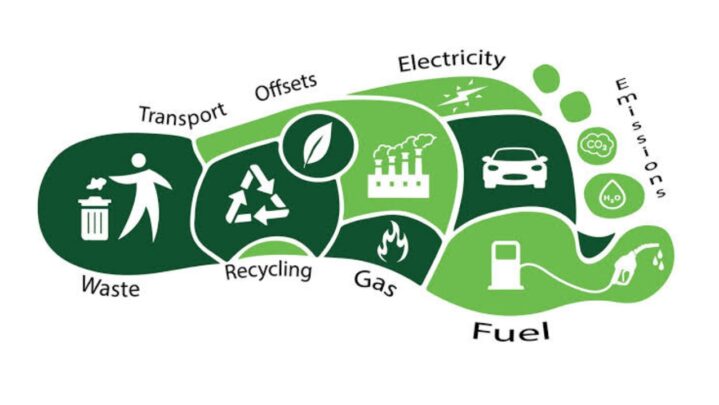1. Do fewer loads of laundry.
Spend less time sorting your whites! A full load of washing needs about 40 gallons of water, so make sure you have enough to keep your clean tees “green.”
2. Always use cold water while doing laundry.
Each year, doing two loads of laundry in cold water instead of hot or warm water can save up to 500 pounds of CO2.
3. Hang your items to dry.
By avoiding the dryer, you can lower your clothing’s carbon footprint by up to 33%!
4. Plan out your errands.
By doing all of your errands in one day, you can avoid making unnecessary journeys throughout the week. After all, the less you drive, the smaller your carbon footprint becomes!
5. When possible, walk or bike.
Are you going to the supermarket? Consider riding your bike or walking instead if the distance is not too great. You’ll save money and lessen your carbon footprint by not traveling as much!
6. Take fewer flights.
During the peak of the COVID-19 epidemic in 2020, CO2 emissions from aviation fell by 60%. Although air travel is becoming more popular, wherever possible, consider using the train or driving.
To the grocery shop, bring a reusable bag.
In the dump, a single plastic bag can take up to 500 years to degrade.
7. Reduce your consumption.
To reduce your carbon footprint, choose quality over quantity.
8. Purchase things with little packaging.
Bulk purchases can also help you avoid using plastic!
9. Look for eco-friendly businesses.
Consider companies who are working to transition to clean energy when purchasing gas and electricity.





